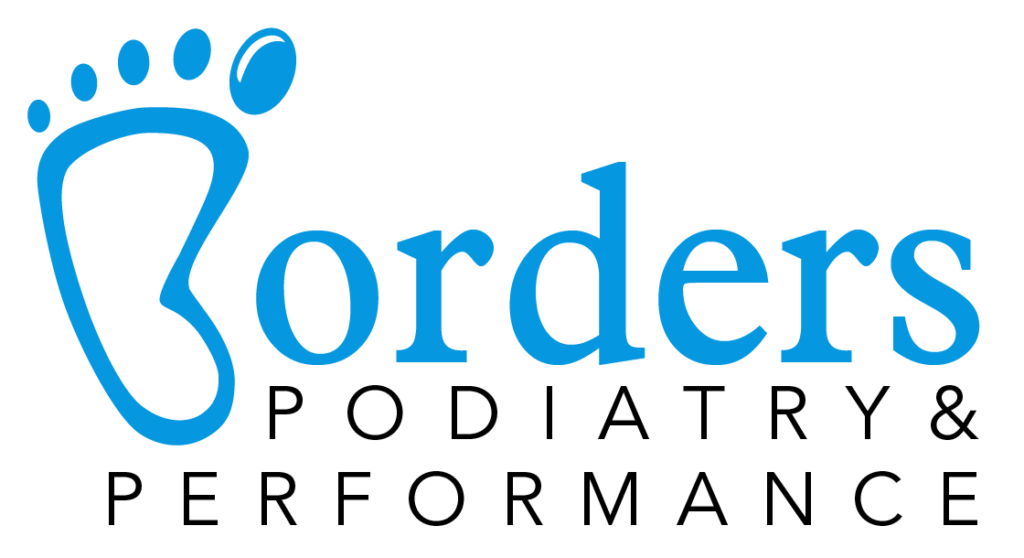Ingrown Toe Nail
An ingrown toenail (onychocryptosis) is caused by the pressure from the ingrowth of the nail edge into the skin of the toe. Once the edge of the nail breaks through the skin, it produces inflammation. Initially presenting as a minor discomfort, it may progress into an infection in the adjacent skin (cellulitis) and/or become a recurring problem. Ingrown toenails most commonly affect the big toes. An imbalance between the size of the nail and the enlargement of the nail skin edge causes ingrown toenails. This condition can be exacerbated by improper trimming of the toenail, an inherited or hereditary condition, and improper shoe fitting. Injury by overly aggressive pedicures and nail picking are also common causes. Some people’s toenails naturally curl inward (known as pincer nails). These toenails can easily become painful. Adolescents and athletes perspire more often. This causes nails and skin to be soft. The thin nail can eventually split and pierce the softened skin.
Ingrown toenail symptoms and signs include redness, pain, and swelling. Sometimes there may be a clear yellowish drainage, or if it becomes infected, pus drainage. Young children may show signs of limping in order to avoid putting pressure at the ingrown toenail site. Occasionally, ingrown toenails resolve without treatment. A podiatrist should treat painful, persistent, and recurring ingrown toenails. If the ingrown toenail has been present for a long time, a very vascular tissue called granulation tissue may form that easily bleeds. There are various types of treatments, including self-care, soaking, avoidance of shoe pressure on the toenails, proper methods to trim the nails, and various surgical treatments. Sometimes antibiotics may be required.

Nail Surgery
Surgical removal of parent of all of the nail is sometimes the best solution for an ingrown toe nail as it offers a permanent solution to persistent painful nails. Using local anaesthetic our Podiatrists will numb the toe so the procedure can be performed without causing you any pain.
Prior to booking in for Nail surgery we would assess your problem and discuss the options but generally we recommend surgery is carried out if the toe is painful, despite non surgical treatments, and if there is infection that has not resolved following a course of antibiotics.
The three surgical options we offer are:
👣 Partial Nail Avulsion / Wedge Resection – Our Podiatrists will remove a small section of the nail that is causing the problem and then with the application of a chemical called Phenol we can prevent the nail from regrowing. Typical healing time is 4-6 weeks.
👣 Total Nail Avulsion – This procedure will remove the entire nail and the application of Phenol will prevent regrowth. Typically healing time is 6 weeks.
👣 Nail Surgery without Phenolisation – Our Podiatrists can carry out a total nail avulsion without the application of Phenol so the nail will then grow back, however we often advise against this as the surgical procedure can cause damage the the nail which sometime leads to the nail regrowing thickened and deformed.
Following the surgical procedure you can help to speed up the recovery by keeping the wound dry and clean, soaking the foot in warm salty water every couple of days and using nonsteroidal anti-inflammatories (eg. Ibuprufen) to help manage any pain and swelling.
As with any surgical procedure there are some risks. The rare, yet possible complications include:
👣 Toenail Deformity – although the application of phenol should prevent regrowth it can sometimes happen. Some or all of the nail can in rare occasions regrow.
👣 Subsequent Ingrown Toenails – removing part or all of the nail does not necessarily prevent the development of future ingrown toe nails.
👣 Infection – following the surgical procedure there is the risk that infection may develop. As the surgical procedure creates an open wound there is an increased risk of bacteria entering the site. Often when nail surgery is performed patients already have had numerous infections so this can be managed prior to surgery or after surgery with the prescription of antibiotics.
👣 Allergic Reactions – in rare occurrences patients can have an allergic reaction to the local anaesthetic or can have a reaction to the phenol which causes a chemical burn to the surgical site. Allergic reactions are rare and we take all measures to minimise any risks.
Get in Touch
45 Channel Street, Galashiels, Scottish Borders, TD1 1BJ.
Located in the heart of Galashiels with on street parking, our ground floor clinic is wheel chair accessible and is a 2 minute walk from the transport interchange and car parks. Our fully equipped clinic also has a treadmill and video gait analysis lab with space for MSK rehabilitation, gait retraining and strength and conditioning.
Call to Book a Home Visit
